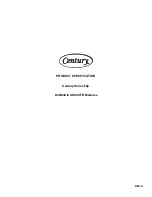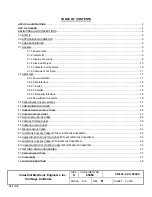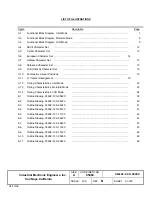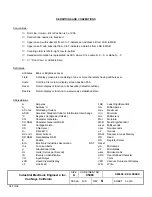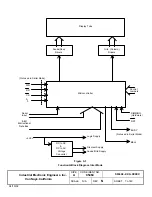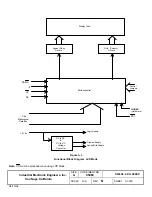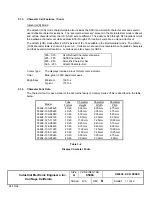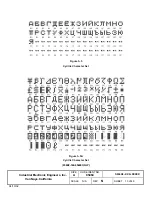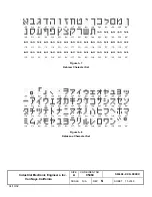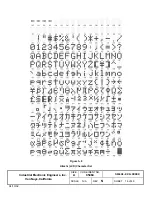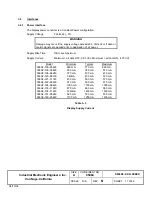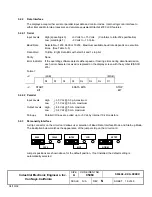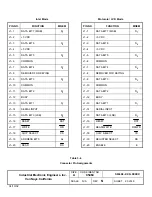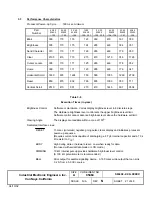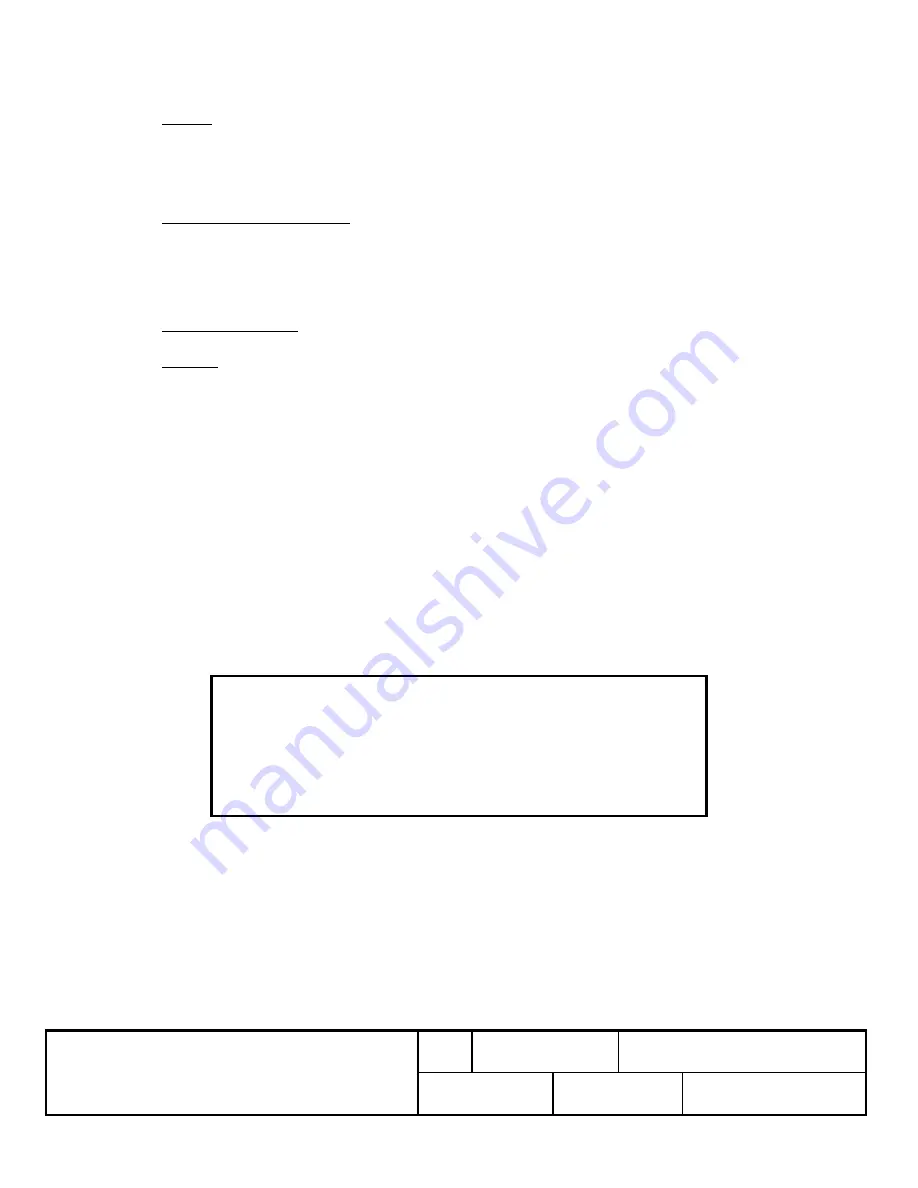
Industrial Electronic Engineers, Inc.
SIZE
A
CODE IDENT NO.
05464
S036X2–XXX–XXXXX
Van Nuys, California
SCALE N/A
REV
N
SHEET 6 of 49
04/10/02
1.0
SCOPE
This document describes the complete performance and interface characteristics of the dot matrix family of
Century Series Vacuum Fluorescent Displays (VFD). For the remainder of this document, the Century
Series VFDs are referred to as the display.
2.0
APPLICABLE DOCUMENTS
The following documents form a part of this specification to the extent specified herein.
EIA–232
Interface Between Data Terminal Equipment and Data Communication Equipment
Employing Serial Binary Data Interchange
3.0
CHARACTERISTICS
3.1
General
The following sections describe the basic or “Standard” Century Series Dot Matrix VFD. For a complete list
of options and accessories, see Paragraph 5.0.
3.1.1
Environment
The display will operate properly following exposure to any combination of the listed environmental
conditions:
Storage Temperature
–50oC to +85oC
Operating Temperature
–20oC to +70oC (Normal)
-40oC to +85oC (Wide)
Relative Humidity
0 to 90% (Non–condensing)
Vibration
10 to 500 Hz, 2 mm Peak–to–Peak (any axis)
Shock
20 g (any axis)
3.1.2
Useful Life
The useful life of the displays ranges from 40,000 to 100,000 hours.
NOTE
Useful life for a vacuum fluorescent tube is defined as the period over which
the light output decreases to half of its specified initial minimum
brightness. Maximum useful life is achieved by display of random text
messages. Users are encouraged to avoid fixed messages wherever
possible, and to clear or blank the display when not in use. A screen
saver mode is provided.
3.1.3
Display Functions
The dot matrix family of Century Series VFDs is able to simulate Intel 8041/42 series, Motorola 6821 and
Hitachi 44780 interface characteristics as specified herein.
Critical interface lines are shown in the functional block diagrams, Figures 3–1, 3–2 and 3–3.


